Lionfish is a chordate which belongs to the family scorpaenidae and genus Pteroinae. Scientifically, it is known as Pterois while it is also known by several other common names including firefish, scorpionfish, dragonfish, tigerfish, butterfly cod, turkeyfish and zebrafish. The latter has been coined owing to the presence of alternating white, black or red bands on the organism’s body. The genus contains eleven different species which are found in rocky crevices, coral reefs and coastal waters of the Pacific Ocean.
More lionfish facts are discussed below.
Physical Traits
A fully grown up lionfish measures from 12 to 14 inches in size while juveniles may be as small as an inch. It is found in brown, black, white, orange and red colors with black, red and white stripes all over its body. The skin of the organism is covered with scales.
Here are the facts about its physical traits which help in identifying this marine animal.
- Tentacles are present above the eyes and below the mouth of a lionfish. These tentacles are fleshy.
- Pectoral fins, shaped like a fan, are located on the underside of the lionfish.
- There are 13 long dorsal spines.
- Dorsal soft rays are present which range from 10 to 11 in numbers.
- The organism consists of six to seven anal soft rays.
- Lionfish has cycloid scales, that is, scales which are oval shaped. The anterior portion of each scale is overlapped by the posterior part of the scale at its front. This unique arrangement imparts more flexibility to the lionfish as compared to other types of the fish.
- On average, a grownup lionfish may weigh up to 1.3 kilograms.
Habitat
The natural habitat of this animal consists of warm waters at the tropical region of the earth. The range of depth where lionfish species are found is from one to a thousand feet. Hard bottom of the ocean, coral reefs, artificial reefs and sea-grass are home to the animal. Different species of lionfish occupy the Indo-Pacific region which consists of the South Pacific Ocean and the Indian Ocean. The range of the organism includes quite an extensive area. To the east, this region extends from Australia and Malaysia and goes up to the French Polynesia as well as the Pitcairn Islands in the United Kingdom towards the west. This habitat range also extends from northern to southern Japan and includes southern Korea, the east coast of Australia where the Lord Howe Island is found, and New Zealand’s Kermadec Island. Lionfish species are also found all over Micronesia.
The presence of lionfish has also been reported in its non-native range. It was first observed to occupy the waters of South Florida in 1985. From then onwards, it has also been sighted along the southeastern coast of the United States of America, extending from Florida up to North Carolina. In addition, young lionfish has been found in waters around the Long Island, New York as well as Bermuda.
Diet
All species of lionfish are carnivores. Their most common prey includes small fish, small shrimp and crabs found around coral reefs. The organism feeds on a variety of species of invertebrates, mollusks and fish in order to fulfill its nutritional needs. Its hunting skills are excellent. As it approaches its prey, it blows jets of water in order to disorient the victim while maintaining its own balance and position owing to a well-developed bilateral swim bladder. Upon reaching the prey, it is corned as the lionfish spreads its pectoral fins. It is then swallowed in one quick motion without giving it any time to escape. The feeding time of the lionfish is usually during the early hours of the day when it is most active.
Reproduction and Growth
The female lionfish lays its eggs in water. A large number of eggs are laid at a time, ranging from 2,000 to a whooping 15,000. These eggs are then fertilized by the male who releases its sperm into the water. The fertilized eggs hatch within two days which contribute to the high growth rate of the lionfish population. In addition, the small hatching time also protects the eggs from being eaten or damaged by possible predators.
Baby lionfish remain near the water’s surface as they haven’t developed the ability to swim deep yet. As they grow bigger in size, their strength and swimming skills grow stronger. After reaching a size of one inch, they swim deeper into the water and become a part of their coral reef community.
Importance
The lionfish is significant to humans in the following ways.
- Humans must be cautious about the presence of the organism when roaming around its natural habitat. The venom of the lionfish can lead to pain, vomiting, convulsions, numbness, heartburn and breathing difficulties. In severe cases, the limbs may be paralyzed temporarily and heart failure can occur, leading to death.
- The lionfish is important as an ornamental organism. It is a common aquarium animal and contributes greatly to aquarium trade.
- Some species of the animals have been used a source of food.
Interesting Facts
Here are some interesting lionfish facts.
- Here are some interesting lionfish facts.
- Lionfish is one of the top predators lurking around the coral reefs of the Atlantic.
- The organism feeds on around fifty different species found in the ocean.
- Its beautiful colors and striped pattern helps it camouflage among the coral reefs. This camouflage helps it evade predators and catch prey.
- It is one of the most poisonous fish found in any part of the world. It injects its venom into its attacker through its sharp, needle-like blades.
- The lionfish uses it venom for the sole purpose of defense against its potential predators. The venom is not used to kill prey.
- It is a diurnal animal that hunts during the daytime and hides in ledges or minute caves when it is night time.
- The average lifespan of a lionfish is up to fifteen years. In the presence of favorable conditions, the fish may survive even longer.
- Although it is a formidable and venomous fish, the lionfish makes a healthy meal which is particularly beneficial for the heart. This is owing to the presence of omega-3 fatty acids. In addition, high levels of lead or mercury are not found in the organism as in the case of several other types of fish.
- Lionfish are good survivors. They can go on without food for as long as three months, losing hardly ten percent of their body mass. This is because in the absence of food source, the metabolism of the organism slows down and may drop down to a zero.
- The largest lionfish has been observed to grow up to fifteen inches in size.
Latest Fish
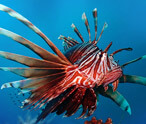
Lionfish Facts
Lionfish is a chordate which belongs to the family...read more
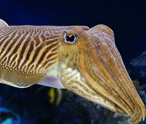
Cuttlefish Facts
Cuttlefish is a mollusk which belongs to the class...read more

Octopus Facts
Do you know how, in the floor of an ocean, an octopus...read more

Sea Urchin Facts
Sea urchins are tiny water creatures found in oceans...read more
Latest Birds
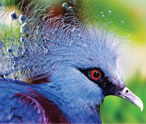
Victoria Crowned Pigeon
With its name...read more
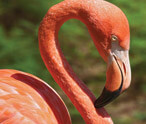
Information About Flamingos
Flamingos are...read more
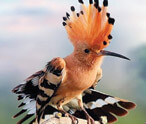
Hoopoe Bird
Famous for its distinctive crown of...read more
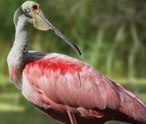
Roseate Spoonbill
The beautiful Roseate Spoonbill...read more


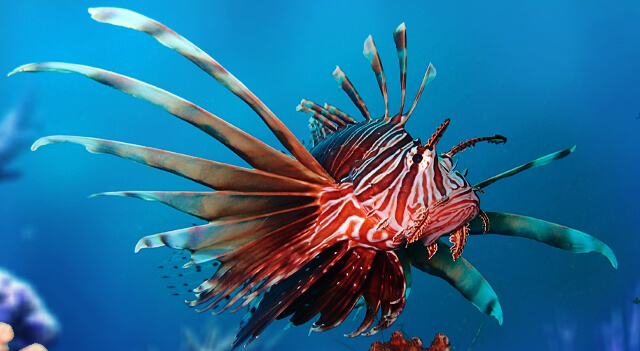
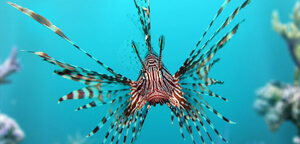
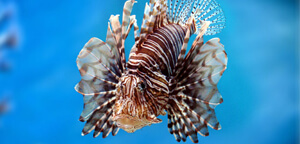
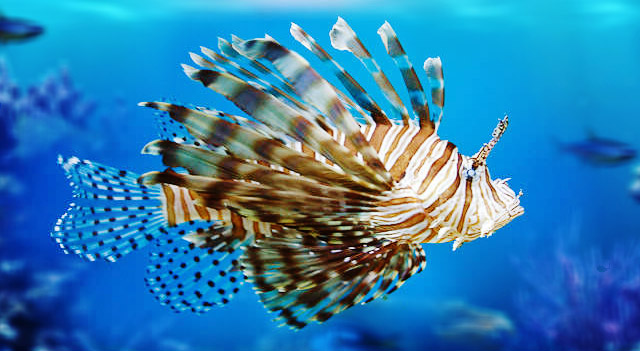

















Largest Birds of Prey in the World by Size and Weight
Also called raptors, the birds...
List of Birds That Fly in V Formation
Did you ever feast your eyes on the amazing phenomenon...
Birds of Prey List
A bird of prey is also known as a raptor or a hunter. It belongs to the group of...
Millipedes Vs Centipedes
Centipedes and millipedes are both arthropods from the group...
Difference Between Warm Blooded and Cold Blooded Animals
Every living organism...
Top 10 Extremely Dangerous Insects
The insects have been grouped in class 'insecta' of...
Sheep Vs Goat
The goat and the sheep are related to each other through the same family. They...
Animals with Blue-colored Blood
Humans and other vertebrates have red-colored blood running...
Birds, Mammals And Reptiles
Before coming to the question of common ancestry of birds...